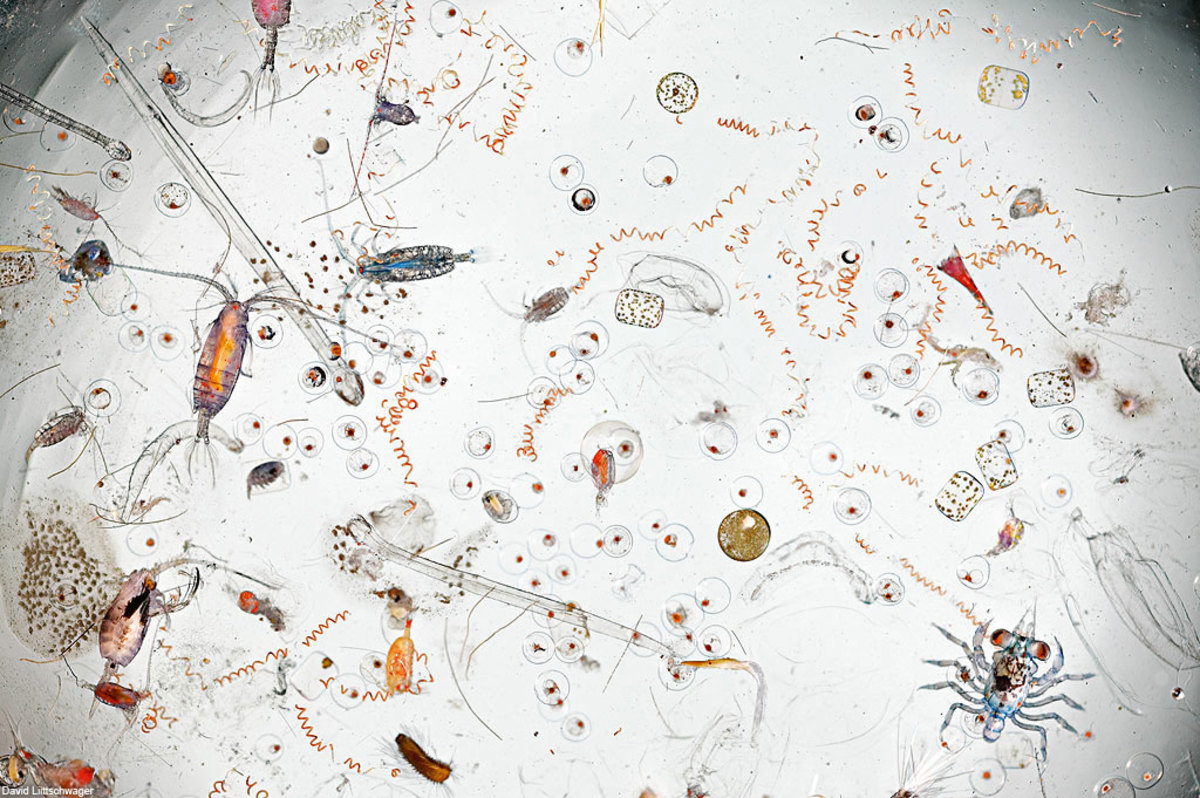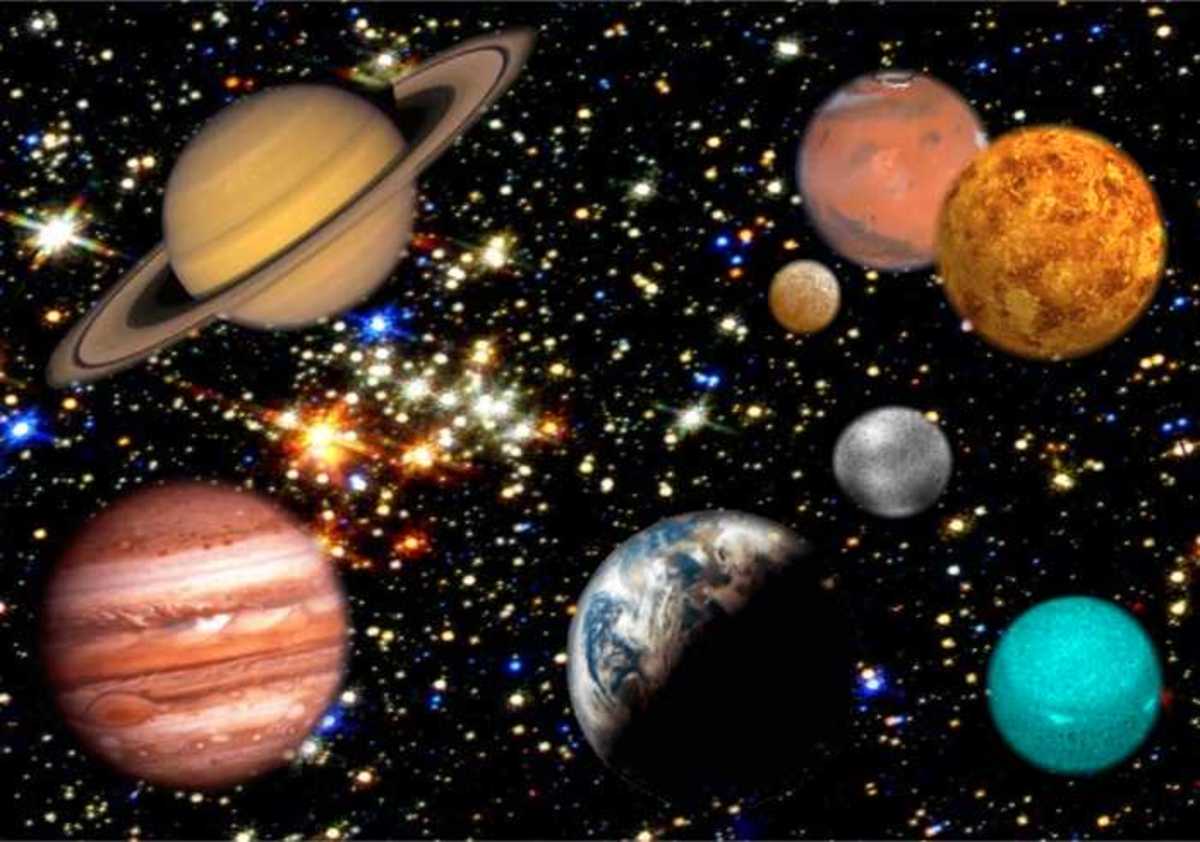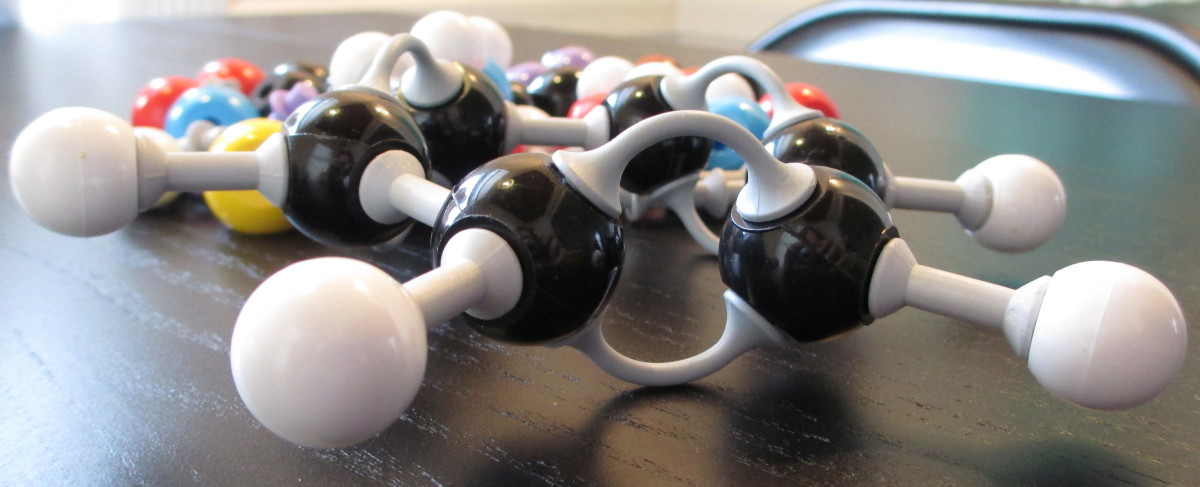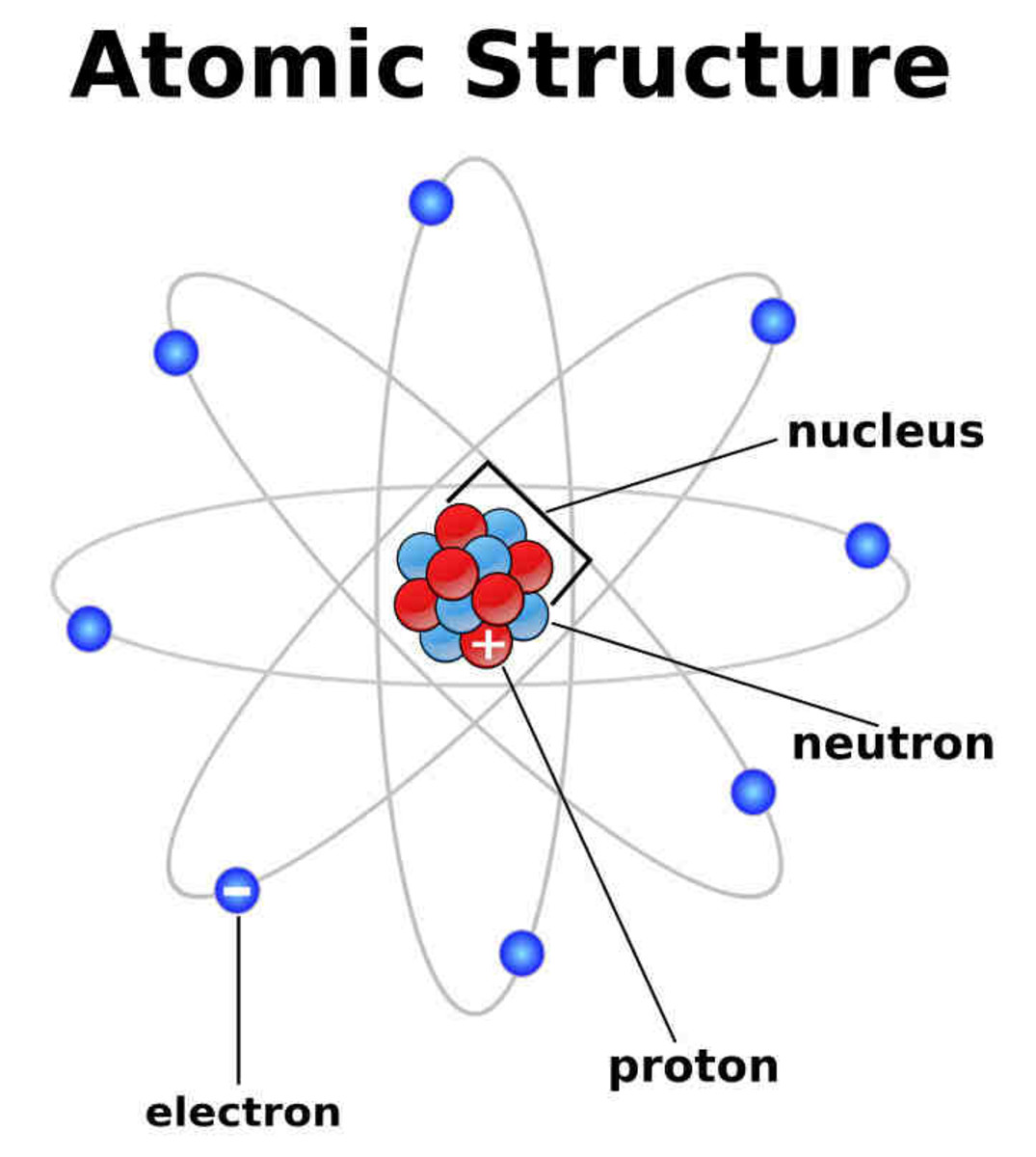The Hidden Dangers and Harmful Effects of Element Mercury (Hg)
The Mercury Element (Hg)
Mercury was known since the ancient times and rarely occurs free in nature. What do you know about this element? Exploring this element will provide insights into its properties and its impacts on both humans and the environment.

Mercury is not only a planet!
When you hear the word "Mercury" what usually comes to your mind? Is it the first planet on the solar system? Or maybe the mischievous messenger roman god who wore the winged sandals, right? But other than that, we also know that mercury is an element, a liquid metal and is very dangerous to our health.
Let's take a closer look and understand its characteristic, applications and health as well as environmental effects of this silvery beautiful metal.
The word "Mercury" is a chemical element also known as quicksilver or hydrargyrum (came from the Greek word "hydr" and “argyros" which means 'water’ and 'silver' respectively).
This element got its name after the planet Mercury, the fastest moving planet in our solar system, because of its rapid liquid flow and has been known since ancient times.
Mercury has the symbol of Hg and has an atomic mass of 80. It can be found on ores; on mercury sulfide or by extracting the mineral Cinnabar.
Characteristics of Mercury (Hg)
- It is a dense, poisonous metal with a silvery-white in color and a mirror-like appearance
- It can evaporate slowly at room temperature
- It is relatively stable in dry air but can form a gray oxide coating on moist air
- It breaks into tiny beads when spilled because of its high surface tension
- It also ready forms alloys (also known as amalgams) with other metals (e.g silver, gold, tin)
- It is a poor conductor of heat
Some applications of Mercury (Hg)
- Thermometers
- Contact switches
- Barometers
- Manometers
- Jewellery-making
- Fluorescent light bulbs or vapor lamps
- Production of polymer products
- Production of sodium hydroxide and chlorine
- Paints
- Polarography
- Pesticides
- Disinfectants
- Fungicides
- Alkaline batteries
- Dental amalgams fillings
Physical Facts:
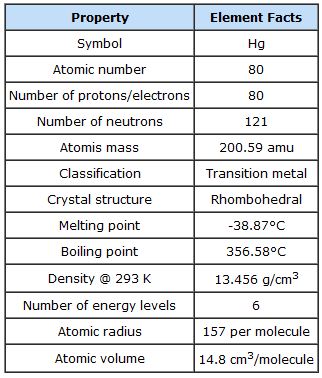
The Hidden Dangers of Mercury
Since mercury is used in many household products and in medical field, we are at the risk of exposure to this poisonous metal and may be very harmful to our health. The most toxic of all is methyl mercury with symbol [CH3Hg].
Effects of Mercury to Human Beings:
- It can disrupt our nervous system
- It can damage our kidneys, DNA and chromosomes
- It can cause allergic reactions that will result to skin rashes, headaches and tiredness
- It can damage the brain functions thus resulting to degradation of learning abilities, inability to concentrate, personality, vision, deafness, and memory loss, to name a few.
- It can cause negative effects on reproductive system (e.g. birth defects, miscarriage)
- It can cause nausea, vomiting, hallucinations and diarrhea
- It can also cause uncontrollable shaking of hands, tongue and eyelids
Effects of Mercury to Environment:
Not only to humans that mercury is harmful - on our environment too. Some human activities like alkali and metal processing, incineration of coals, medical and other waste can greatly contribute to mercury concentrations.
The ability to build up in the organisms and on the food chain has a great impact to environment.
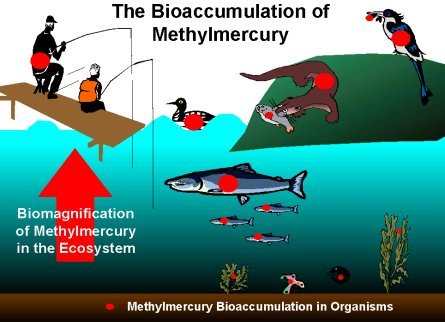
Since this is a chronic pollutant, mercury concentrates on fish or animals tissue thus increasing up to the food chain. Species that consumes large amount of fish that contains high dosage of mercury may be affecting their ability to reproduce as well as mortality, slower growth and development, abnormal behavior that affects survival and altered endocrine for fish.
Mercury is also abundant on acidic surface waters. Once mercury reached the soil or surface waters, the microorganisms will convert it to methyl mercury, the most toxic organic substance and will be absorbed quickly by organisms on that particular area. When humans eat fish or shells that have a high dose of mercury, they will likely to suffer mercury poisoning.
Due to its distict properties, this liquid metal has been applied to many different uses over time. Mercury may have contributed much to technology and medicine field but we also have to be aware that there are also consequences when it was done or applied in a wrong way.
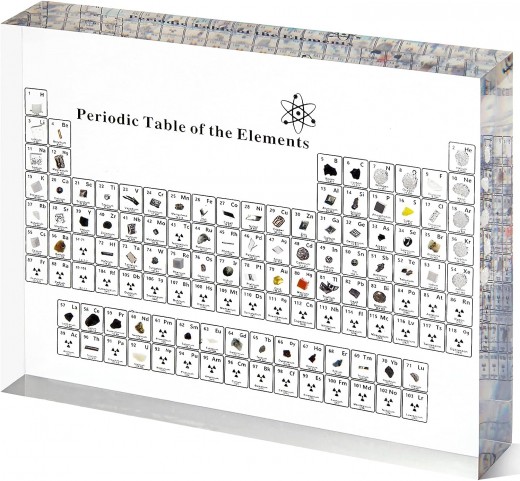
This content is accurate and true to the best of the author’s knowledge and is not meant to substitute for formal and individualized advice from a qualified professional.

